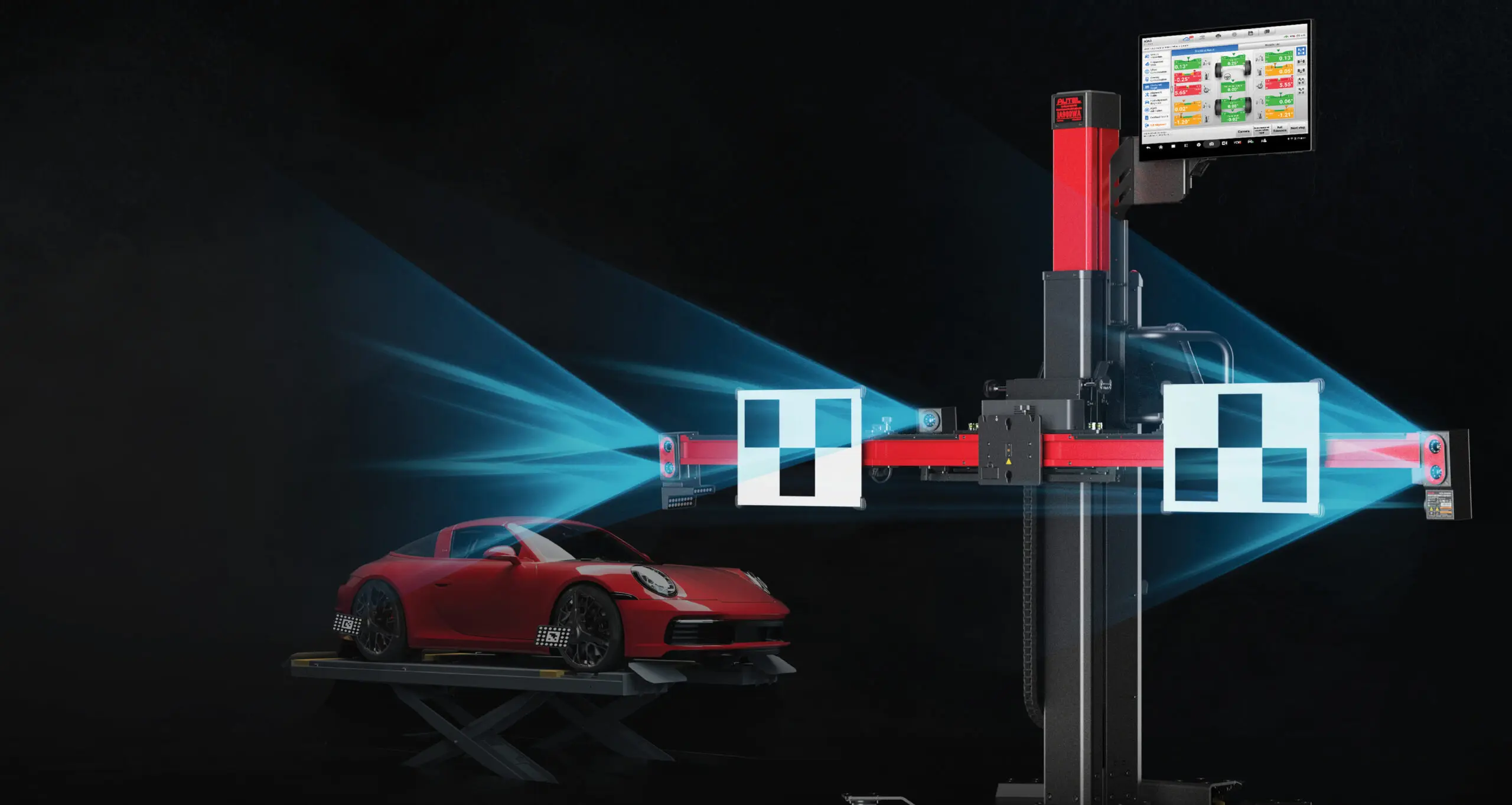Vintage Motorcycle Restoration for Beginners: A Step-by-Step Guide

That first glimpse of a rusted-out vintage bike in a barn—or maybe at a garage sale—can spark something deep. The curves, the history, the sheer mechanical charm. But where do you start? Restoring a vintage motorcycle isn’t just about polishing chrome; it’s part archaeology, part mechanical therapy. Let’s break it down.
Why Restore a Vintage Motorcycle?
Sure, you could buy a shiny new bike. But vintage restoration? It’s a love letter to craftsmanship. Here’s why beginners get hooked:
- Tangible history: You’re saving a piece of engineering art.
- Cost-effective: Often cheaper than buying a restored bike outright.
- Skill-building: Welding, carb tuning, electrical work—you’ll learn it all.
- Community: The vintage bike scene is full of passionate, helpful folks.
Choosing Your First Project Bike
Not all old bikes are equal. Some are money pits; others are hidden gems. Here’s how to pick wisely:
1. Start Simple
Avoid rare models or bikes with obscure parts. Beginner-friendly classics:
- Honda CB series (350, 550, 750)
- Triumph Bonneville (pre-1980s)
- Yamaha XS650
- Harley-Davidson Ironhead Sportster (if you’re brave)
2. Assess the Bones
Look for:
- Frame integrity: No major rust or cracks.
- Engine turnover: Even if it doesn’t run, the engine should turn freely.
- Parts availability: Check eBay, forums, and specialty shops for common replacements.
3. Set a Budget (Then Double It)
Restoration costs spiral fast. A $500 bike might need $2,000 in parts. Be realistic.
Essential Tools You’ll Need
You don’t need a pro garage, but these basics are non-negotiable:
| Tool | Why It Matters |
| Metric wrench set | Most vintage Japanese bikes use metric bolts |
| Impact driver | Stubborn screws meet their match |
| Carb cleaner | Gunked-up carbs are the #1 issue |
| Wire brush set | Rust removal 101 |
| Shop manual | Your bible for torque specs and diagrams |
The Restoration Process: Step by Step
1. Document Everything
Before you touch a bolt, take photos. Bag and label every part. Trust us—future you will weep with gratitude.
2. Strip It Down
Remove all non-essential parts. This exposes hidden rust, broken mounts, or sketchy wiring. Plus, it’s oddly satisfying.
3. Engine Work
Here’s where beginners panic. Don’t. Start with:
- Oil change (look for metal flakes)
- Compression test (reveals internal health)
- Carb rebuild (kits cost ~$30 and are beginner-friendly)
4. Frame & Body
Rust is the enemy. Sandblast or hand-sand, then:
- Paint: Powder coating lasts longer but costs more.
- Chrome: Re-plating gets pricey—consider alternatives like ceramic coating.
5. Reassembly
Reverse your teardown process. Pro tip: grease every bolt thread to prevent seizing.
Common Beginner Mistakes to Avoid
We’ve all been there. Save yourself the headache:
- Over-ordering parts: Diagnose issues before buying replacements.
- Ignoring wiring: Vintage electrical systems are finicky. Label every connection.
- Rushing paint: Prep work is 90% of a good finish.
- Skipping the manual: Torque specs exist for a reason.
Where to Find Parts and Help
The vintage bike community is your secret weapon:
- Forums: ADV Rider, Vintage Japanese Motorcycle Club
- Local shops: Old-school mechanics often hoard NOS (new old stock) parts
- Swap meets: Cash talks—bring small bills
Final Thought: It’s About the Journey
That first ride on a bike you brought back from the dead? Nothing like it. You’ll curse the process, bleed on the parts, and maybe shed a tear when it finally roars to life. But that’s the point—restoration isn’t just about the bike. It’s about the story you’re adding to its history.








